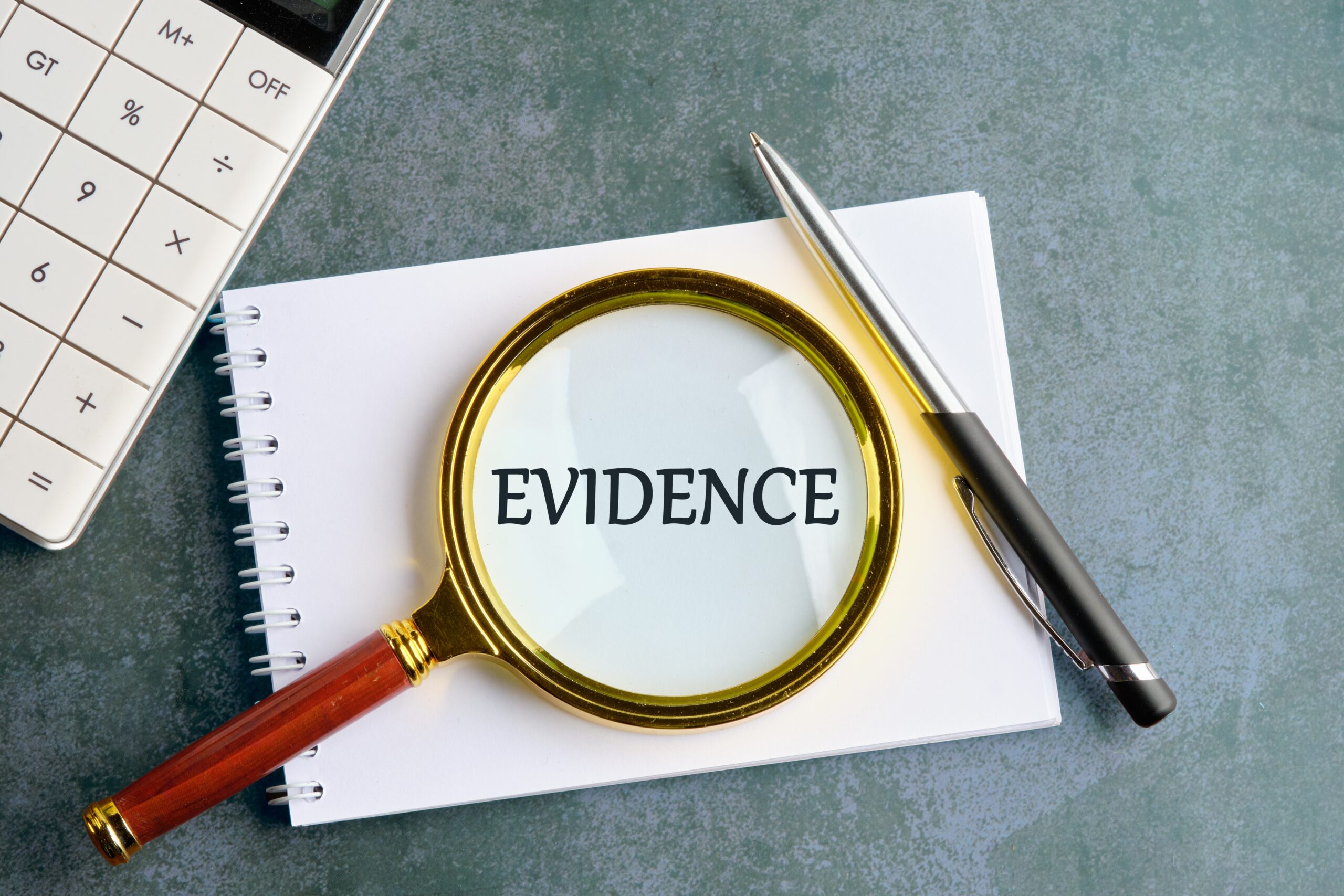
One of the most important steps in proving liability in slip and fall cases is evidence. The right types of evidence can make or break your case, which can impact whether or not you’re fairly compensated for any injuries or other damages you sustained due to the accident. Preserving evidence is just as important as collecting it, so follow these tips to increase your chances of making a successful slip and fall claim.
How to Preserve Slip and Fall Evidence
Document the Scene
In premises liability cases such as slip and fall accidents, it’s essential that the victim proves that the property owner was negligent or otherwise liable for their injuries. If possible, take pictures or videos of the scene immediately after the accident occurred. Understandably, severe injuries may prevent you from doing so, in which case it can still benefit you to return to the scene to document. You may notice something that you didn’t before that can help prove liability in your case.
Make a Written Statement
Our memories aren’t as accurate as we think. That’s why it’s important to write down your own version of events as soon as possible following the accident. Often, slip and fall victims make the mistake of believing that they will remember every little detail, only to forget key facts. Make your own written statement while the facts are still fresh in your mind; details that you might not think are important could come back to play a significant role in the outcome of your case.
Talk to Witnesses
In addition to your own statement, witness statements can provide a description that backs up your story and strengthens your claim. You might find that some witnesses are fully cooperative and willing to give a detailed statement. Just be sure to get the contact information of any potential witnesses to get their statements as soon as possible.
Hold On to Physical Evidence
Physical evidence – such as the clothes you were wearing at the time of the slip and fall – can assist when making a connection between the accident and any injuries you sustained. Torn jeans or blood stains on your clothing can help demonstrate the extent of your injuries.
Document Injuries
If injured, keep detailed records of all medical treatments, care plans, medications, or other related evidence. Medical records help insurance companies and courts determine the type and extent of your injuries, which will impact the amount of compensation you can claim. It also helps to write down a detailed log of your injuries and how they have impacted your daily life.
Keep Records of Correspondence
Always be cautious when discussing the accident with the property owner or a representative. Never admit or assign fault during your discussions, and try to only correspond through email or a recorded conversation. Consider hiring a slip and fall attorney to speak with the property owner on your behalf.
Be Mindful of Timing
Understandably, many slip and fall victims get caught up in treating injuries and dealing with the aftermath of the accident. However, timing is critical in slip and fall cases. If you act quickly, you may be able to obtain other key pieces of evidence such as surveillance footage that could otherwise be destroyed. Also, be mindful of Pennsylvania’s two-year statute of limitations on slip and fall cases.
Get Legal Assistance with Your Slip and Fall Case
A Pennsylvania slip and fall attorney can help you gather and preserve evidence that can help your case significantly. At the Jason Javie Law Office, our team can guide you through the complexities of your slip and fall case from beginning to end. If you were injured in a slip and fall accident, don’t hesitate to contact our law team to get started today.
